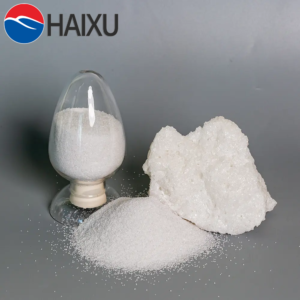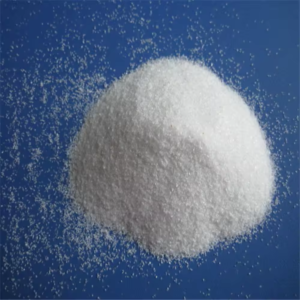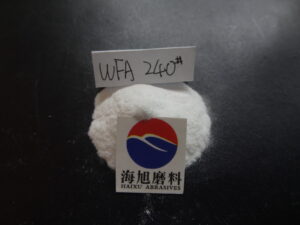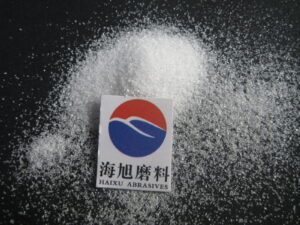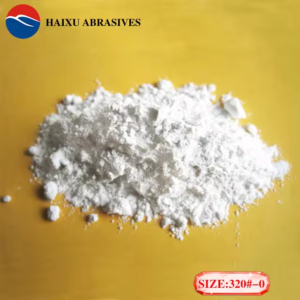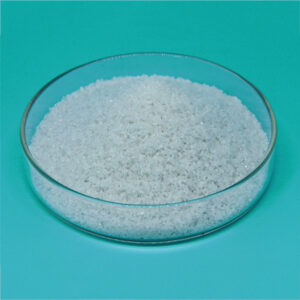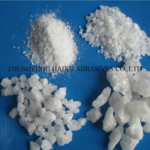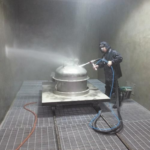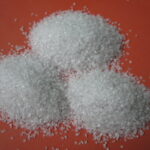The Critical Role of White Corundum in Advanced Refractory Bricks: Enhancing Industrial Performance
In the modern manufacturing sector, refractory materials play a pivotal role in ensuring the efficiency and durability of high-temperature industrial processes. Among these materials, white corundum (aluminum oxide, Al₂O₃) has emerged as a game-changer in the production of high-performance refractory bricks, offering unparalleled advantages in thermal resistance, mechanical strength, and purity.
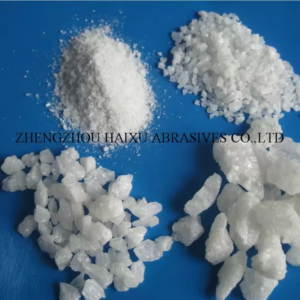
Unmatched Thermal Stability and Purity
White corundum, prized for its near-99.5% aluminum oxide purity, provides refractory bricks with exceptional thermal stability. Its high melting point (around 2,072°C) enables bricks to withstand extreme temperatures in industries such as steelmaking, glass production, and cement manufacturing. Unlike lower-grade additives that may compromise integrity under thermal cycling, white corundum maintains structural consistency, reducing cracking and wear during prolonged exposure to heat.
Moreover, its chemical inertness minimizes reactions with molten metals or slags, a critical factor in preventing contamination and extending equipment lifespan. This is particularly vital in steel furnaces, where impurities can degrade product quality.
Enhanced Mechanical Performance and Abrasion Resistance
Refractory bricks incorporating white corundum exhibit superior mechanical strength and abrasion resistance. The dense microstructure formed by white corundum particles reduces porosity, making bricks more resistant to erosion from slag, dust, and mechanical stress. This property is especially beneficial in glass kilns, where molten glass flows at high speeds, necessitating bricks that endure consistent abrasion without deforming.
Additionally, white corundum’s thermal shock resistance allows bricks to endure rapid temperature changes—common in industrial environments—without fracturing. This attribute enhances operational reliability and reduces maintenance downtime.
Sustainability and Cost Efficiency
White corundum’s efficiency also extends to sustainability. Its longevity decreases the frequency of brick replacement, cutting waste and resource consumption. While initially more costly than traditional materials, its long-term performance often offsets initial expenses, making it a cost-effective choice for industries prioritizing efficiency and environmental responsibility.
Industry Applications and Future Prospects
Industries such as petrochemical processing, non-ferrous metal smelting, and ceramics increasingly rely on white corundum-based refractory bricks to meet stringent performance standards. Research is ongoing to further optimize formulations for specialized applications, including ultra-high-temperature environments.
As global demand for energy-efficient and durable materials grows, white corundum continues to solidify its position as a cornerstone of refractory technology, driving progress across industrial landscapes.

